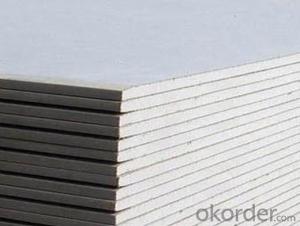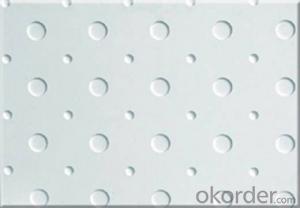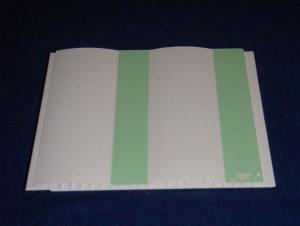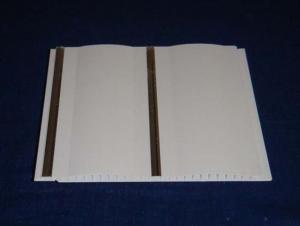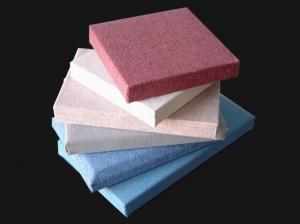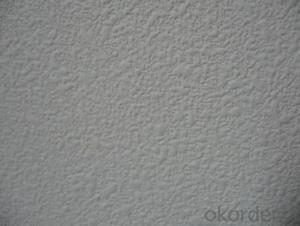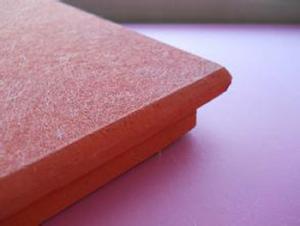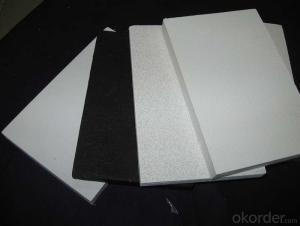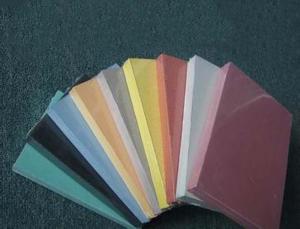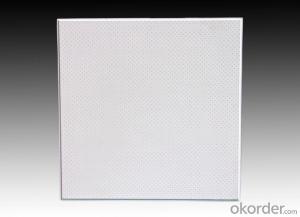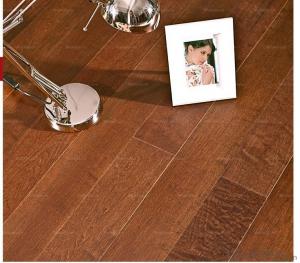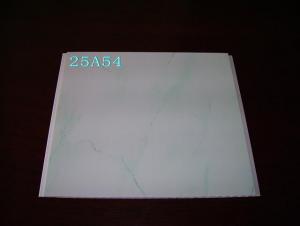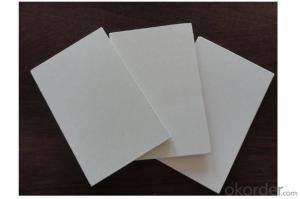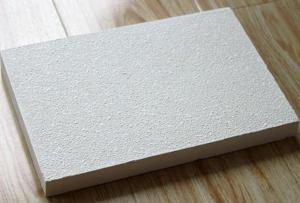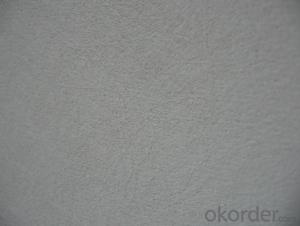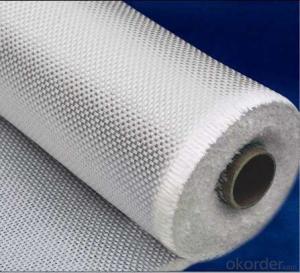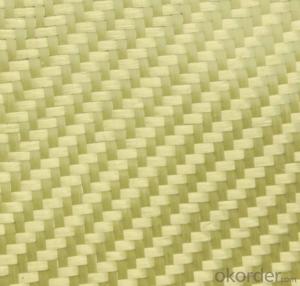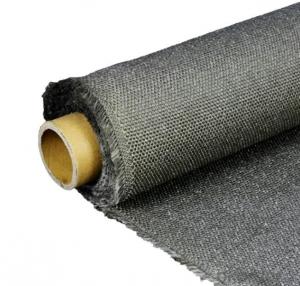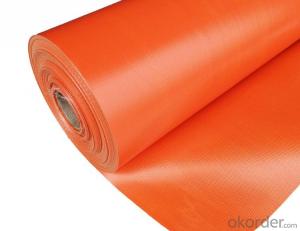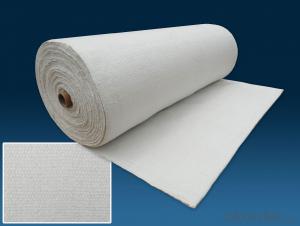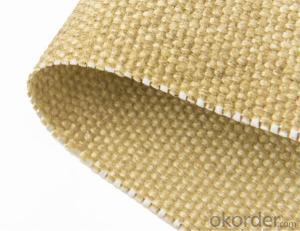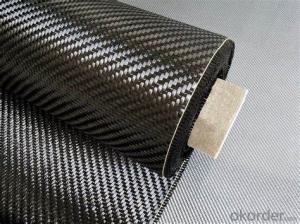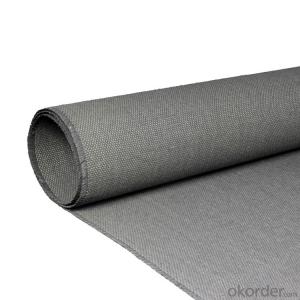Fiberglass Panels For Roofing
Fiberglass Panels For Roofing Related Searches
Raw Material For Solar Cells Ac Inverter For Solar Panels Plastic Wall Coverings For Bathrooms Fiberglass Sheets For Roofing Heat Reflective Material For Roof Wall Panels For Basement Felt Paper For Roofing Retaining Wall With Geogrid Plastic Coated Steel Roofing Sheets High Quality Roofing FeltHot Searches
Steel Mesh Panels For Sale Cheap High Tea Sets For Sale Cheap Solar Cells For Sale Q Cells Solar Panels For Sale Used Foam Board Insulation For Sale Welded Wire Panels For Sale Types Of Temporary Side Panels For Cement Deck Fiberglass Panels For Sale Magnesium Oxide Board For Sale Hdf Board For Sale sintra board for sale Cheap Mini Laptops For Sale Plywood For Sale Cheap Sandwich Panels For Sale resin panels for sale Cheap Washers For Sale Cheap Tall Vases For Sale Eps Panels For Sale Air Conditioner For Cheap Prices Gypsum Board Price Per Sheet In IndiaFiberglass Panels For Roofing Supplier & Manufacturer from China
Okorder.com is a professional Fiberglass Panels For Roofing supplier & manufacturer, offers integrated one-stop services including real-time quoting and online cargo tracking. We are funded by CNBM Group, a Fortune 500 enterprise and the largest Fiberglass Panels For Roofing firm in China.Hot Products
FAQ
- Yes, fiberglass fabrics are generally resistant to corrosion from chemicals. Due to the inert nature of fiberglass and its resistance to most chemicals, it is commonly used in industries where exposure to corrosive substances is prevalent.
- Fiberglass fabric demonstrates excellent fatigue resistance properties. Due to its high tensile strength, flexibility, and light weight, it can withstand repeated loading and cyclic stress without experiencing significant degradation or failure. This makes it an ideal material for applications that require endurance under constant or fluctuating mechanical forces, such as in the aerospace, automotive, and marine industries. Additionally, the inherent corrosion resistance of fiberglass further enhances its durability and long-term performance in fatigue-prone environments. Overall, fiberglass fabric is known for its exceptional fatigue resistance, ensuring its reliability and longevity in demanding applications.
- Fiberglass fabric is renowned for its outstanding performance in corrosive environments found in chemical plants, making it an optimal selection for a wide range of applications. Its effectiveness in these harsh conditions stems from several factors. Firstly, its inherent non-reactivity to most chemicals ensures that it does not corrode or deteriorate when exposed to acids, alkaline substances, or other aggressive chemicals commonly encountered in chemical plants. This non-reactivity guarantees the fabric's integrity and durability, even after prolonged exposure to corrosive agents. Additionally, fiberglass fabric possesses a high strength-to-weight ratio, enabling it to withstand mechanical stresses in corrosive environments. It retains its structural integrity when confronted with extreme temperature variations, pressure changes, or physical impacts. This durability renders it suitable for lining tanks, pipes, or vessels, effectively containing corrosive substances without significant degradation. Furthermore, fiberglass fabric exhibits excellent electrical insulation properties, a crucial feature in chemical plants where electrical equipment and wiring are frequently exposed to corrosive chemicals. Acting as a barrier, the fabric prevents corrosive substances from coming into contact with electrical components, effectively minimizing the risk of electrical failures or accidents. Lastly, fiberglass fabric is also fire-resistant, providing an additional layer of safety in chemical plants where flammable substances are present. Its high melting point and inability to support combustion make it ideal for applications that necessitate fire resistance. In conclusion, fiberglass fabric is an exceptional choice for corrosive environments in chemical plants due to its chemical non-reactivity, high mechanical strength, electrical insulation properties, and fire resistance. Its ability to withstand harsh conditions while maintaining its integrity makes it a reliable and long-lasting solution for various applications within the chemical industry.
- Yes, fiberglass fabric can be used for filters. Fiberglass fabric is known for its high strength and durability, as well as its ability to withstand high temperatures. These properties make it an excellent choice for various filtration applications. The tight weave of fiberglass fabric allows it to effectively trap and remove particles, making it suitable for filtering air, liquids, and even gases. Additionally, fiberglass fabric can be coated with various substances to enhance its filtration capabilities, such as adding a Teflon coating for oil and water repellency. Overall, fiberglass fabric is a versatile material that can be used effectively in filtration systems.
- Yes, fiberglass fabric can be used for making filters for air purifiers. Fiberglass is a commonly used material in air filtration due to its high efficiency in capturing small particles and its durability. It can effectively trap dust, pollen, and other airborne contaminants, making it suitable for air purification purposes.
- Yes, fiberglass fabric can be used for making aircraft parts. It is often used in the construction of lightweight and durable components such as fairings, radomes, and interior panels. Fiberglass fabric offers excellent strength-to-weight ratio and is resistant to corrosion, making it a suitable material for aviation applications.
- Indeed, flags and banners can be crafted using fiberglass fabric. Renowned for its endurance, robustness, and ability to withstand different weather conditions, fiberglass fabric proves to be an impeccable substance for outdoor purposes, specifically flags and banners. With its lightweight and pliable nature, it facilitates effortless handling and installation. Moreover, various printing techniques can be employed on fiberglass fabric, guaranteeing vivid and enduring colors on the flags and banners. In summary, fiberglass fabric emerges as a dependable option for producing visually captivating and long-lasting flags and banners.
- The fire resistance properties of fiberglass fabric are well-known. It possesses a high melting point and does not easily ignite due to its composition of woven glass fibers. When exposed to flames, it does not burn or release harmful gases, making it suitable for applications where fire safety is of utmost importance. Furthermore, fiberglass fabric has the ability to self-extinguish, meaning that it stops burning once the heat source is removed. This characteristic aids in preventing the spread of fire and contributes to overall safety. In addition, fiberglass fabric has low thermal conductivity, meaning it does not conduct heat effectively. This property helps contain the fire and reduces the risk of its spreading. The fabric also acts as a barrier between the heat source and the surrounding area, minimizing heat transfer and providing protection to nearby materials. In conclusion, fiberglass fabric is highly esteemed for its exceptional fire resistance properties, making it a preferred choice in industries such as aerospace, automotive, construction, and firefighting.
